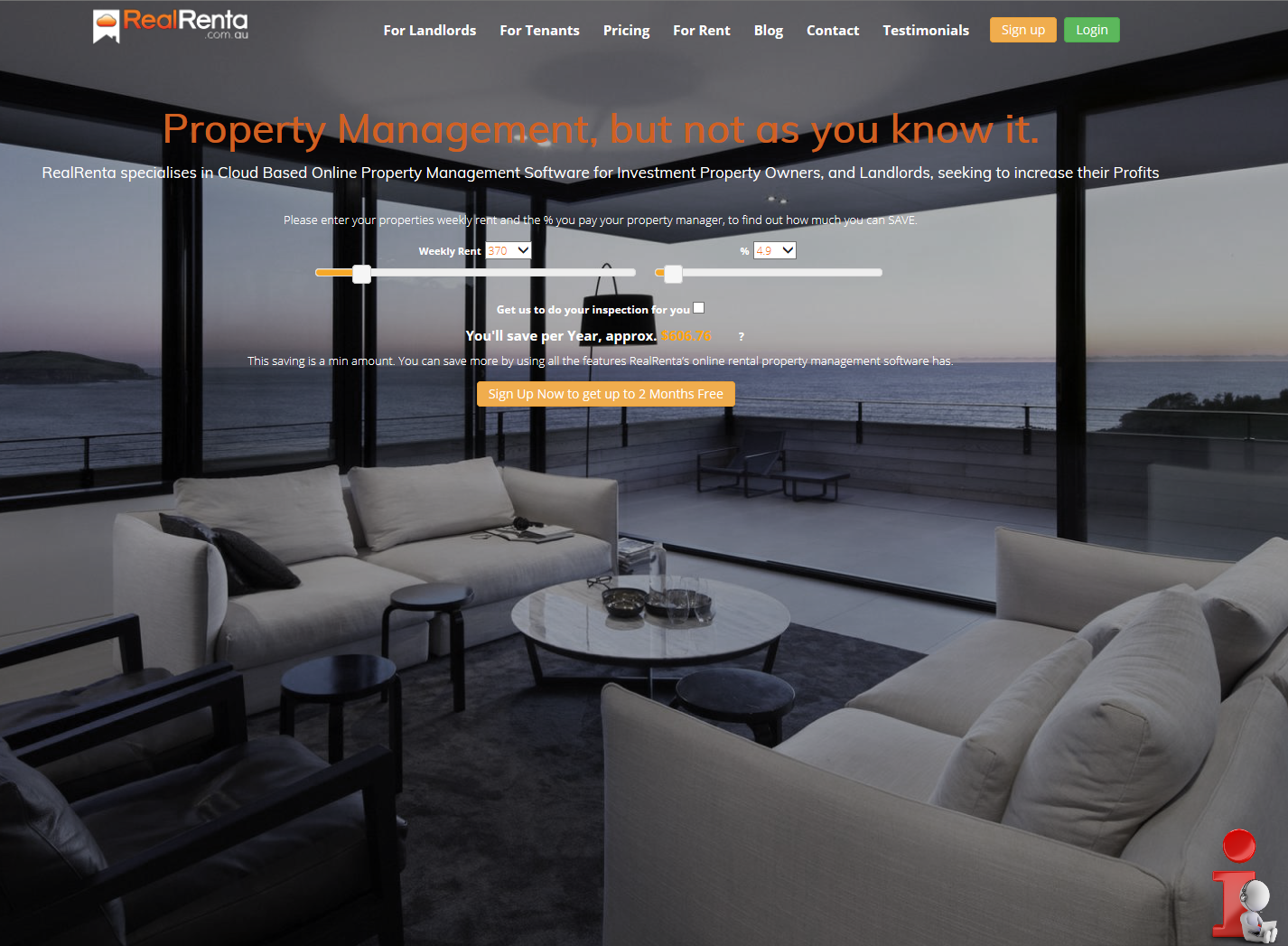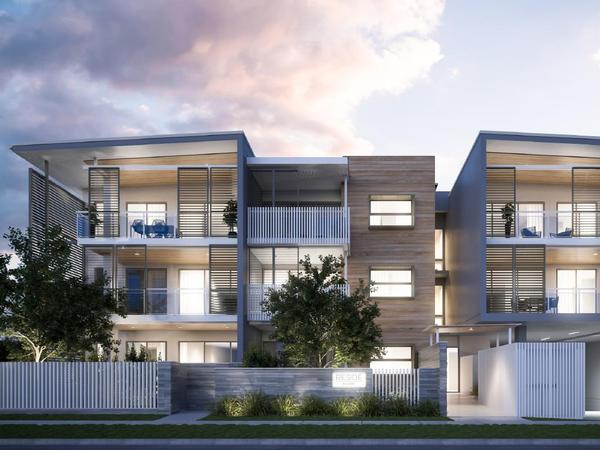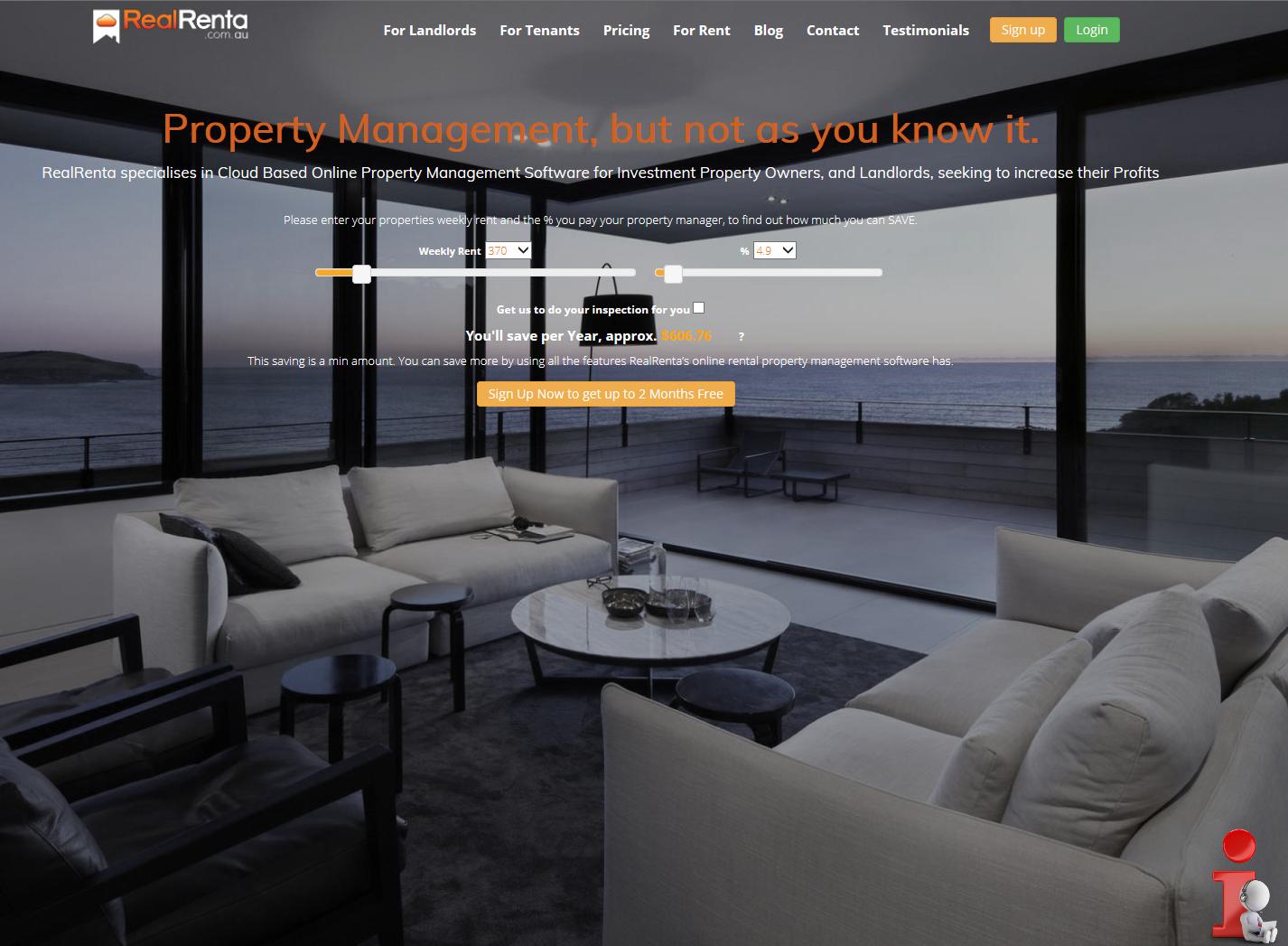
If you’re considering investing in property, you’ll need to think carefully about the home loan you choose to finance it.
Here we run through a few loans, to give you a better idea of what’s on offer.
Choosing the right property is a critical part of property investing.
But so is choosing the right loan to go with it.
But before you look at specific products, step back and think about how you want to pay off your loan.
Rather- how you intend to pay it off.
Principal and interest vs interest only
The two main ways of repaying a home loan are making principal and interest payments or paying interest only.
Principal and interest repayments
Paying off principal and interest means that there are two parts to your payment—the first is the repayment of the principal itself, the second is the interest accrued.
To start with, you mostly pay interest. But as time passes and you chip away at the loan, you start paying an ever greater percentage of the principal.
This is the usual way of paying off a home loan.
Interest only repayments
There are risks involved with getting an interest only repayment loan. For example, if your property reduces in value during the interest only period, you could come out with no equity. Worse still, you may end up owing more than the property is worth.
Australian Securities and Investments Commission has some useful information for customers interested in using an interest only repayment period as part of their loan term.
Check out their MoneySmart guidance for some easy to follow infographics highlighting the pitfalls and benefits of this type of lending structure. You can also find examples of how much you may expect to pay for this type of loan structure.
Construction loan
If you’ve decided to build your own investment property, then a Building and Construction Loan could be the way to go.
Here you will receive your loan in increments, letting you pay invoices as they come in.
A typical house construction scenario has five stages: 1) laying the slab, 2) roofing and tiling, 3) the internals, 4) lock-up, and 5) the final payment.
Paying each bill as it comes in means you don't pay interest on your building costs until the work's actually been done.
An example?
Say you've had a $250,000 loan approved and the first invoice in is for the slab—$50,000.
If you draw down the full loan, you'd be paying interest on $250,000.
But a construction loan let's your draw down just the money you need—the $50,000- And you can do this again at the other stages of the project.
Also if you've chosen an interest only period, you won't have to pay off the principal during this period. This gives you better cash flow, handy if you're renting as you're building.
Just keep in mind that as you draw down more of your loan, the amount of interest you pay will start increasing. You'll need to budget for that.
Line of credit
While a line of credit isn’t a credit card, it has a more in common with one than with your standard home loan.
How so?
A line of credit is a set amount of funds that you can access at any time. You can choose how and when you make repayments, making it ideal for building an investment property.
Of course, interest accrues on the amount you’ve used, so you’ll need to keep on top of your interest payments.
Contact us @ propertyloans@realrenta.com if you would like to speak to our Finance Partner about your next Property Investment Loan.













